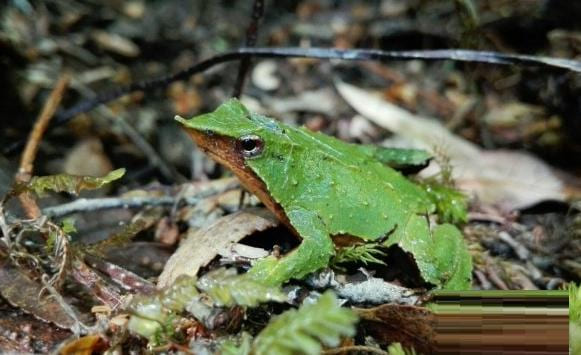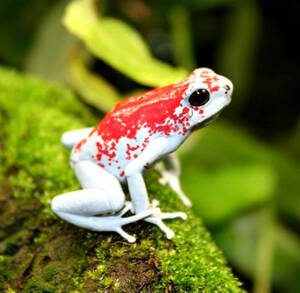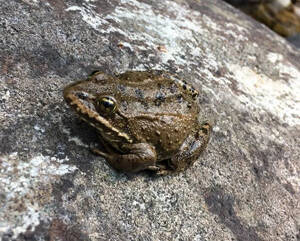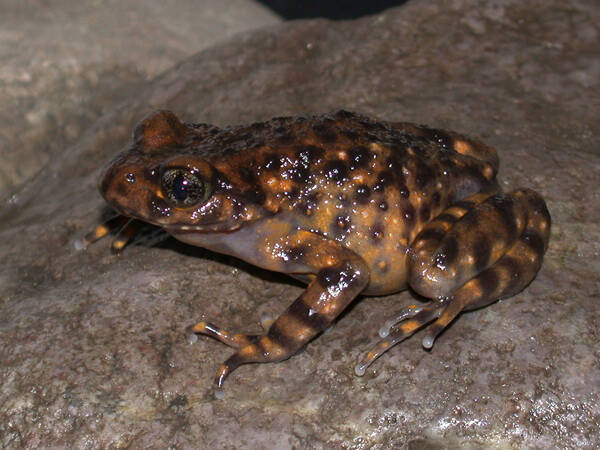Scutiger chintingensis
IUCN
LCBasic Information
Scientific classification
- name:Scutiger chintingensis
- Scientific Name:Scutiger chintingensis,Golden-necked Toad
- Outline:Anura
- Family:Anura Ceratopus Odontophoridae
Vital signs
- length:42-53mm
- Weight:
- lifetime:
Feature
There are webs between the toes, long and prominent warts on the back, and no eardrum. There are two pairs of black thorns on the chest and armpit of the male toad, and there are black thorns on the upper arm and the inside of the forearm. Tadpoles are small and flat.
Distribution and Habitat
Endemic to China, distributed in Sichuan (Emeishan Jinding, Hongya, Wenchuan).
Lives in and around streams on the top of mountainous areas at an altitude of 2500-3050m above sea level. Adults live on land and breed from late May to June.
Appearance
The warts on the back of the body are long and conspicuous. There is a pair of long arc-shaped glandular folds above the shoulders or in the middle of the back of the body. There are glandular folds and small spiny warts of varying lengths on the back of the body. The back of the body is brownish-red, mixed with golden yellow and Olive-brown fine spots, brown-black triangular spots between the eyes; gray-brown fine linen spots on the entire belly.
Details
The golden-crowned toothed toad is flat and narrow, with a head that is almost equal in length and width. It lives in the top streams and their vicinity at an altitude of 2500-3050 meters in the mountains.
The adult toads live on land. The breeding season is from the end of May to June. During the day, they live in humid environments such as earth holes, mud holes, and plant roots on the shore. At night, they go out and make "click, click" sounds. When mating, the male toad holds the female toad's crotch with its forelimbs. The eggs are laid on the bottom of the stone. The egg groups are in clusters or rings. Each female toad lays 130-164 eggs. Tadpoles live in small streams or under stones in slow-flowing places. There are fewer of them.
The appearance of the golden-crowned toothed toad is similar to that of the Ningshan toothed toad (Scutiger ningshanensis), but the Ningshan toothed toad has a nearly rectangular blue patch at the tip of its snout, and a nearly square dark pattern between the two eyes on its head that extends to the occipital region. The skin on its back is relatively smooth, with four rows of intermittently arranged longitudinal skin folds; there is a pair of silvery-white ridges on both sides of the anus. The end of the tongue is almost notched.
It is endemic to China. The ecological environment quality of the habitat of this toad has declined, and its population is very small.
Listed in the second level of the "List of National Key Protected Wildlife in China".








